
Sofia, la piccola Matta e Moka il beagle insegnano l’italiano di base: Numeri, colori e regole dell’aggettivo.
Sofia, la Piccola Matta, and Moka the Beagle
Teach Basic Italian: Numbers, Colors & Adjective Rules
C’era una volta, in un piccolo e pittoresco villaggio italiano, viveva una ragazza di 8 anni molto amichevole e curiosa di nome Sofia, affettuosamente conosciuta come “la piccola matta” a causa del suo spirito giocoso e avventuroso.
Once upon a time, in a small, picturesque Italian village lived a very friendly and curious 8-year-old girl named Sofia, known affectionately as “la piccola matta” (the little crazy one) because of her playful and adventurous spirit.

Ti presento Sofia,
la piccola matta.
Introducing Sofia, the little crazy one.
Sofia aveva un viso affascinante a forma di cuore adornato da una delicata spolverata di lentiggini che danzavano sul suo naso. I suoi grandi occhi marroni spesso traboccavano di allegria e curiosità. Ma la sua risata contagiosa la rendeva cara a tutti nel suo quartiere, facendola diventare una presenza familiare e amata tra chi la conosceva.
Sofia had a charming, heart-shaped face adorned with a delicate sprinkling of freckles dancing across her nose. Her large, brown eyes often brimmed with mischief and curiosity. But her contagious laugh endeared her to everyone in her neighborhood, making her a familiar sight and a cherished presence among those who knew her.

Ti presento Moka,
il cucciolo beagle di Sofia
Introducing Moka, Sofia’s beagle puppy.
Il compagno costante di Sofia era il suo adorabile cucciolo di beagle, Moka. Il piccolo cucciolo morbido di seta, con le sue orecchie molli e gli occhi marroni espressivi, era pieno di giocosità quanto Sofia, sempre con la coda che oscillava pronta per la loro prossima avventura.
Sophia’s constant companion was her adorable beagle puppy, Moka. The silky, soft little puppy, with his floppy ears and expressive brown eyes, was as adventurous as Sofia, always wagging his tail and ready for their next adventure.
Sofia e Moka insegnano al loro amico Ty come contare fino a venti.
Sofia and Moka teach their friend how to count to twenty.

Ti presento Ty,
un ragazzo che vuole imparare l’italiano.
Introducing Ty, a boy who wants to learn Italian.
Ty, si era trasferito nel paese di Sofia solo poche settimane prima da un paese dall’altra parte dell’oceano e parlava solo inglese.
Ty had just moved to Sofia’s town from a country on the other side of the ocean a few weeks earlier and only spoke English.
Nonostante parlassero lingue diverse, fin dall’inizio i due si erano trovati bene imparando a comunicare usando le mani, espressioni facciali e indicando le cose. Ma col passare del tempo, Sofia desiderava condividere di più con il suo amico, come contare fino a dieci in italiano e come descrivere i colori di un arcobaleno in italiano
Despite speaking different languages, the two got along fine, learning to communicate using their hands, facial expressions, and pointing at things. But as time passed, Sophia yearned to share more with her friend, like counting to ten in Italian and describing a rainbow’s colors in Italian.
In un pomeriggio luminoso e soleggiato, Sofia decise di insegnare a Ty, il suo nuovo amico straniero, la lingua italiana.
On a bright sunny afternoon, Sofia decided to teach her new friend Ty the Italian language.
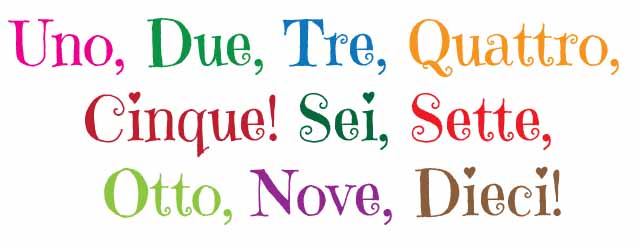
Sofia aveva già scoperto che Ty aveva sei anni e cominciò indicando l’amico e poi alzando le dita dicendo, “Uno, Due, Tre, Quattro, Cinque, Sei! Tu hai SEI anni!”
Sofia had already learned that Ty was six years old, and she began by pointing at her friend and then holding up her fingers and saying, “Uno, Due, Tre, Quattro, Cinque, SEI! You are six years old!”
Poi indicò se stessa e continuò a contare fino a otto, “Sette, Otto! Io ho OTTO anni!”
Then she pointed to herself and continued counting to eight, “Sette, Otto! I am eight years old!”
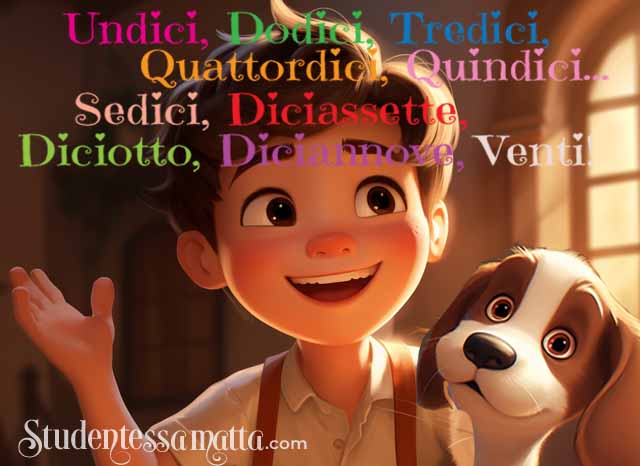
Ty annuì e contò in italiano fino a otto. Poi Sofia indicò Moka e disse: “Moka è un cucciolo che ha 10 mesi! Ancora una volta Ty ripeté le parole di Sofia e quando raggiunse il dieci, Moka abbaiò con entusismo.
Ty nodded and counted in Italian up until eight. Then Sofia pointed at Moka and said, “Moka is a puppy who is ten months old! Once again, Ty repeated Sophia’s words, and when he reached ten, Moka barked excitedly.
Poi Sophia insegnò a Ty a contare fino a 20!
Then Sofia taught Ty how to count all the way to twenty!
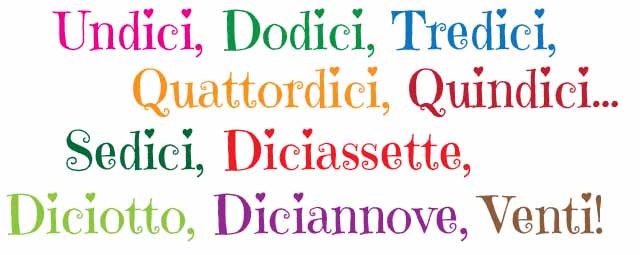
Sofia e Moka insegnano a Ty come si dice
i colori del arcobaleno in italiano.
Sofia and Moka teach Ty how to say
the colors of the rainbow in Italian.
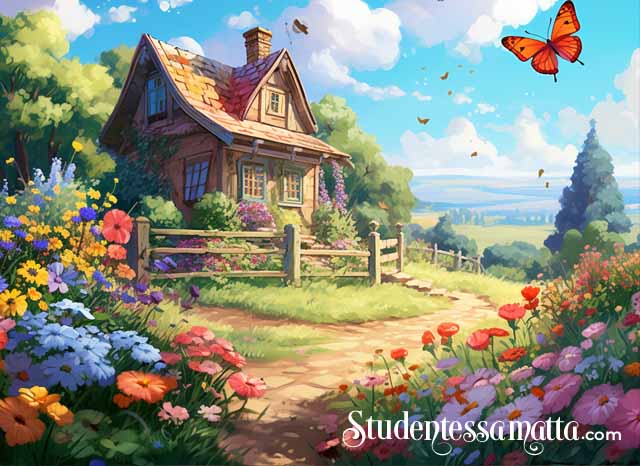
“Ottimo lavoro!” disse Sofia. “Tu sei un tipo sveglio e impari subito!” Poi, guardando fuori dalla finestra, esclamò: “Sai, Ty, il modo migliore per imparare i colori in italiano è esplorare il nostro giardino!”
“Great job!” said Sofia, “You are a fast learner!” Then, looking out the window, she exclaimed, “You know, Ty, the best way to learn colors in Italian is to explore our garden!”
Mano nella mano, si avviarono nel vibrante giardino della nonna di Sofia, un caleidoscopio di colori. Moka correva al loro fianco, il naso che fremeva di gioia per la miriade di profumi.
Hand-in-hand, they strolled into Sofia’s grandmother’s vibrant garden, a kaleidoscope of colors. Moka scampered alongside them, his nose twitching with delight at the myriad of scents.
“Guarda, Ty!” Sofia indicò una rosa rossa brillante e, insegnando al suo amico il suo primo colore italiano, disse, “Questo fiore è ROSSO.”
“Look, Ty!” Sofia pointed to a bright red rose and, teaching her friend his first Italian color, she said, “This flower is RED.”
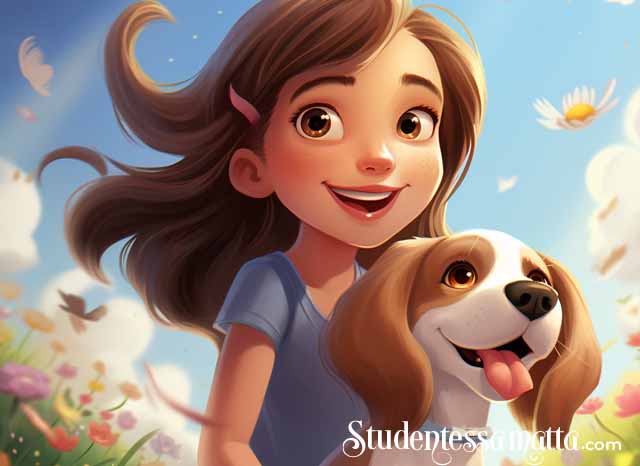
Vagarono per il giardino, con Sofia che indicava entusiasta diversi fiori. “Giallo” per i narcisi gialli, “viola” per le violette “viola,” e “verde” per le foglie verdi che danzavano nella brezza leggera.
They wandered through the garden, with Sofia enthusiastically pointing out different flowers. “Giallo” for yellow daffodils, “viola” for the purple violets, and “verde” for the green leaves dancing in the gentle breeze.
Guardando in alto, Sofia indicò il cielo, “Il cielo è azzurro, le nuvole sono bianche e la terra è nera.” Ty ripeté dopo di lei, il suo accento tentava affascinantemente i suoni stranieri.
Looking up, Sofia gestured towards the sky, “The sky is blue, the clouds are white, and the earth is black.” Ty repeated after her, his pronunciation charmingly attempting the foreign sounds.
Improvvisamente, gli occhi di Sofia caddero su una farfalla dorata che svolazzava sopra i fiori. “Guarda lì, Ty, deve essere una farfalla magica perché sembra che le sue ali siano fatte d’oro”, ridacchiò.
Suddenly, Sofia’s eyes fell upon a yellow butterfly fluttering over the flowers. “Look there, Ty, it must be a magic butterfly because it seems its wings are made of gold.” she giggled.

Insieme corsero in giro per il giardino nominando più e più volte i colori che vedevano. Rosso, giallo, blu, viola, verde, azzurro, bianco, oro, marrone, rosa, grigio, arancione, nero.
Together, they ran around the garden, naming over and over the colors that they saw. Red, yellow, blue, purple, green, sky blue, white, gold, brown, pink, gray, orange, black.

Mentre continuavano il loro viaggio colorato, Sofia si rese conto improvvisamente che qualcosa non andava. “Moka, dove sei?” chiamò, notando che il suo cucciolo non era più accanto a loro.
As they continued their colorful journey, Sofia suddenly realized something was amiss. “Moka, where are you?” she called out, noticing her puppy was no longer beside them.
In un angolo lontano del giardino, sentirono un piccolo abbaio. Seguendo il suono, scoprirono Moka che scavava una buca tra i fiori. “Moka, no!” Sofia rimproverò. Moka alzò lo sguardo imbarazzato e scodinzolò scusandosi.
In a far corner of the garden, they heard a little bark. Following the sound, they discovered Moka digging a hole among the flowers. “Moka, no!” Sofia scolded. Moka looked up sheepishly and wagged his tail in apology.

Sofia rise all’espressione colpevole di Moka. “Oh, non posso arrabbiarmi con te”, disse, inginocchiandosi per scuotere le orecchie. “Copriamo il buco e non lo diremo alla nonna!”
Sofia laughed at Moka’s guilty expression. “Oh, I can’t be angry with you,” she said, kneeling to shake her ears. ” We’ll cover the hole and not tell Grandma!”
Voltandosi verso Ty, Sofia raccolse un fiore e lo porse a lui. “Ora, Ty, ricordi i colori che abbiamo imparato oggi?” chiese con un sorriso.
Turning back to Ty, Sofia picked a flower and handed it to him. “Now, Ty, can you remember the colors we learned today?” she asked with a smile.
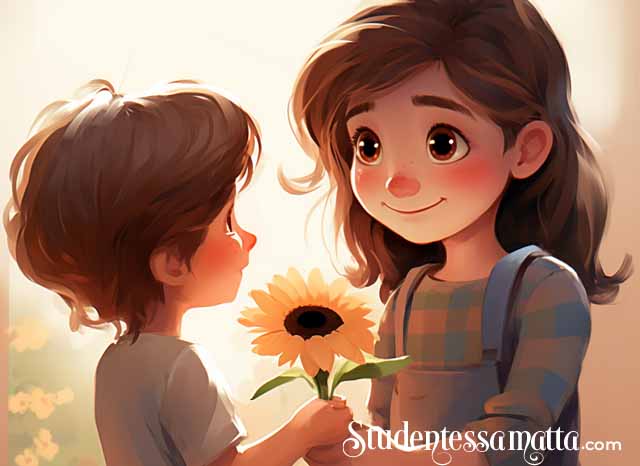
Ty, raggiante di orgoglio, contò fino a 20 e ripeteté i colori in italiano.
Ty, shining with pride, counted to 20 and repeated the colors in Italian.
Mentre il sole iniziava a tramontare, dipingendo il cielo di tonalità di rosa e arancione, i tre amici sedettero nel giardino, circondati da tutti i bellissimi colori, e Ty continuava a esercitarsi con le sue nuove parole italiane.
As the sun began to set, painting the sky in hues of pink and orange, the three friends sat in the garden, surrounded by all the beautiful colors, and Ty continued to practice his new Italian words.
E così inizia il viaggio di Sofia, “la piccola matta,” e del suo fedele beagle, Moka, mentre si imbarcano in una missione per introdurre il loro nuovo amico Ty e altri al ricco e colorato regno delle parole e delle meraviglie italiane.
And so begins the journey of Sofia, “la piccola matta,” and her loyal beagle, Moka, as they embark on a mission to introduce their new friend Ty and others to the rich and colorful realm of Italian words and wonders.
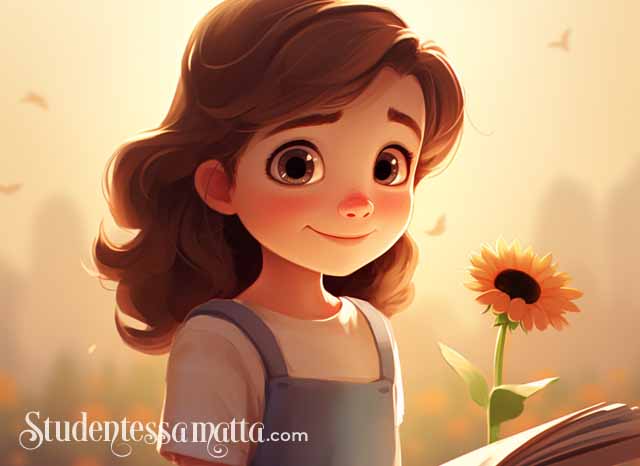
In Italian, adjectives, including those used for colors, generally agree in gender (masculine/feminine) and number (singular/plural) with the noun they describe. However, there are some specific rules and exceptions to keep in mind:

Basic Agreement Rules:
- If the noun is masculine singular, the adjective is usually in its base form (e.g., “libro rosso” for “red book”).
- If the noun is masculine plural, the adjective typically ends in “-i” (e.g., “libri rossi” for “red books”).
- For feminine singular nouns, adjectives generally end in “-a” (e.g., “casa bianca” for “white house”).
- For feminine plural nouns, adjectives usually end in “-e” (e.g., “case bianche” for “white houses”).

Exceptions – Invariable Colors:
Some color adjectives are invariable, which means they don’t change with gender or number. These include colors derived from things (like fruits, flowers, or other objects), and some other common colors. Examples are “rosa” (pink), “blu” (blue), “viola” (purple), “verde” (green), “arancione” (orange), and “grigio” (grey). For example, “il fiore rosa” (the pink flower – singular) and “i fiori rosa” (the pink flowers – plural) both use “rosa” without change.

Compound Colors:
Compound colors, which are usually formed by combining two color adjectives, are also invariable. For instance, “blu scuro” (dark blue) and “verde chiaro” (light green) do not change according to gender and number.
Understanding and correctly using Italian color adjectives involves memorizing their forms and getting accustomed to these rules and exceptions, which often come naturally with practice and exposure to the language.


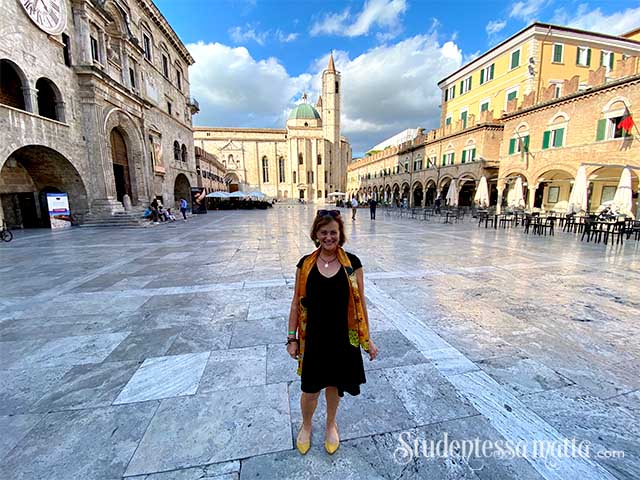

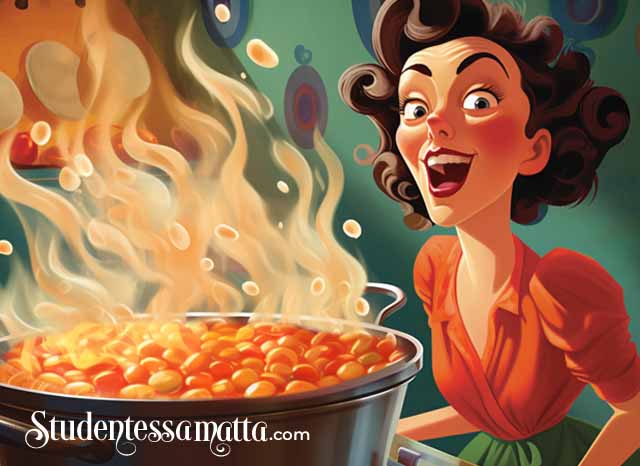
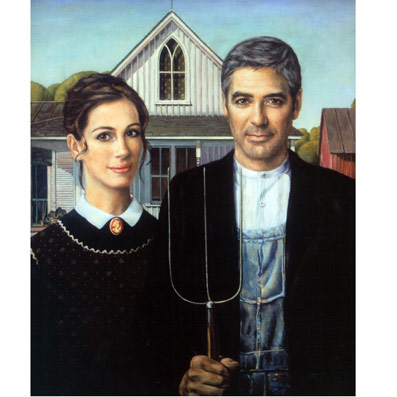






This was a fun story to read. It was satisfying to understand most of it. Several of the verbs were new to me. Thank you for the story!
Ciao Dixie! Grazie per il tuo commento! Sono contentissima che ti sia piaciuta la storia di Sofia, la piccola matta! I’m so glad you like the story about Sofia. A presto! Melissa